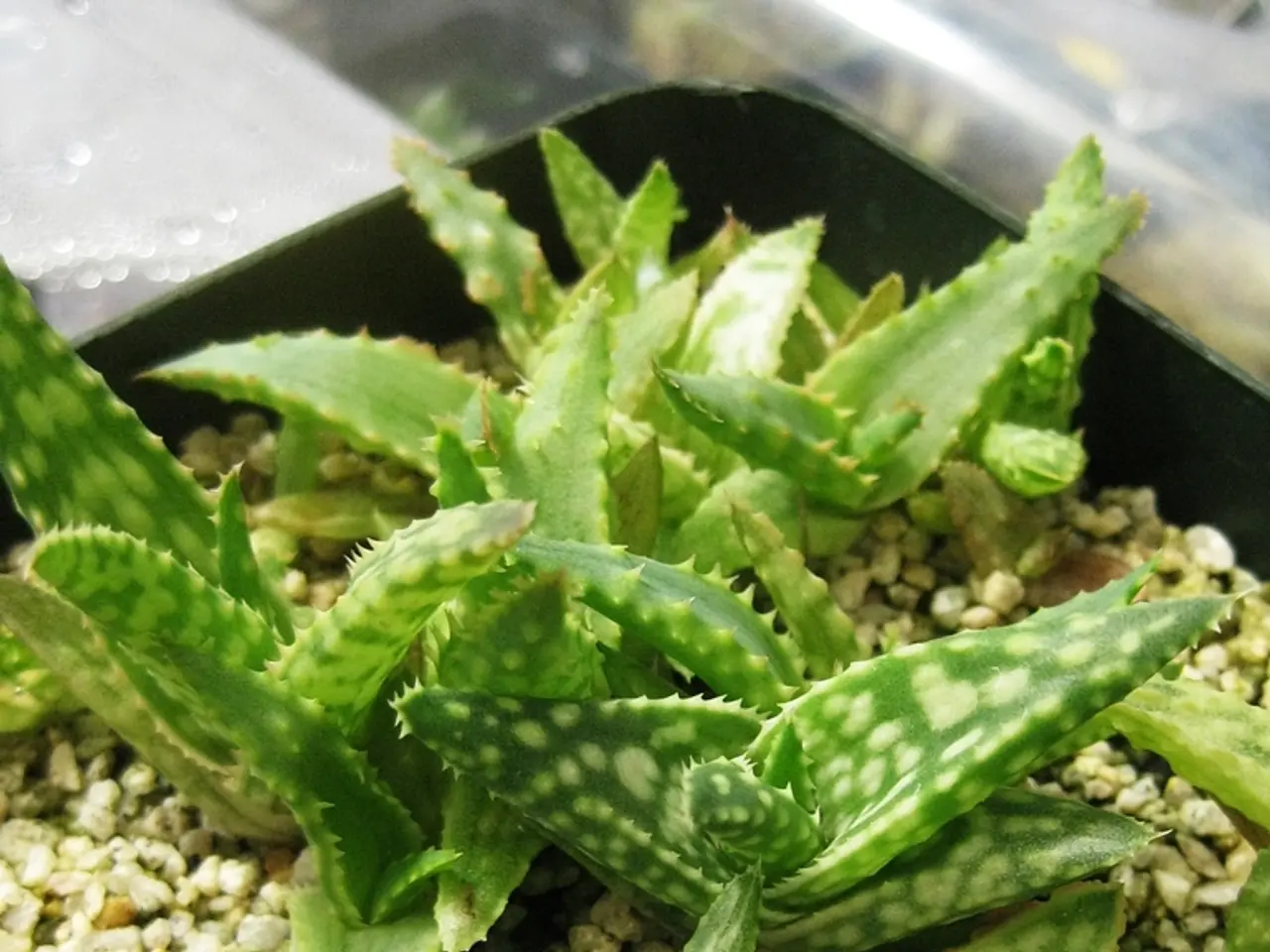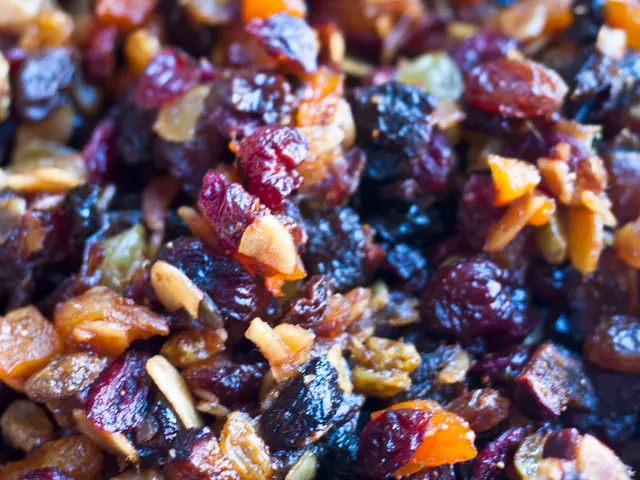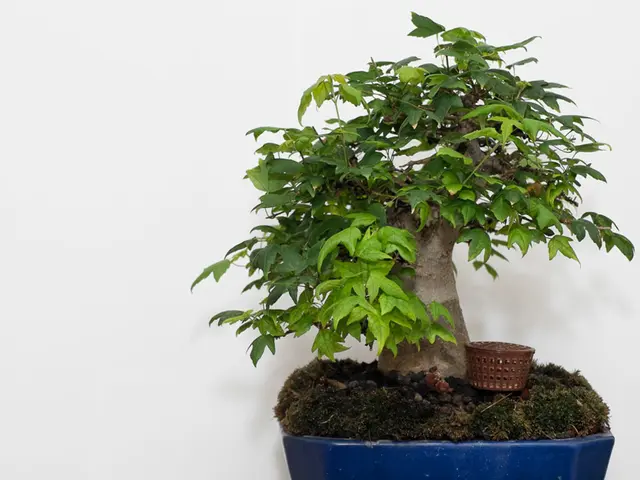Treating Boils with Aloe Vera: Understanding Its Benefits and Usage Methods
Aloe vera, a common household plant known for its soothing properties, may hold promise in the treatment of boils. While the direct, high-quality clinical evidence confirming its effectiveness in treating boils is limited, its traditional use and certain scientific findings suggest it could aid in the healing process.
Aloe vera is widely recognised for its ability to heal wounds, cuts, burns, and various skin disorders due to its properties that promote tissue regeneration and reduce inflammation. Scientific studies also demonstrate its efficacy in reducing acne lesions and improving skin healing when applied topically, indicating its potential to aid skin infections.
One of the key factors that make aloe vera relevant to treating boils is its anti-inflammatory and antimicrobial effects. Boils, being skin infections that cause inflammation, could benefit from these properties. However, detailed clinical trials or randomised controlled studies specifically on aloe vera treatment for boils are sparse in the current scientific literature.
While aloe vera may support healing, it should not replace professional medical care, especially for serious skin infections like boils. Medical treatments often involve antibiotics, and while aloe vera may offer additional benefits, it should be used as a complementary option, not a definitive standalone treatment.
To use fresh aloe vera from the plant, one should cut off a leaf close to the stem, wash and dry it, cut off the prickly edges and outer leaf, allow the yellow sap (aloe latex) to drain, and then cut the gel into cubes or slices or blend it. To apply the aloe vera gel, wash hands thoroughly, clean the area around the boil with soap and water, pat it dry, and gently apply a small amount of aloe vera gel to the surface of the skin and allow it to dry.
Warm compresses can also be applied to the boil for 10-15 minutes, three or four times per day. Other evidence suggests that aloe vera may promote skin healing. Aloe vera cream or gel may help treat certain ulcers and other chronic wounds.
It is important to note that if the boil gets worse, does not go away, or causes new symptoms, it is best to speak with a doctor. If the boil is on the face, the nose, or lip, it is best to contact a doctor promptly. If you decide to use aloe vera for treating boils, avoid applying it to broken skin. If the boil is open, draining, or oozing, use a damp cotton pad or ball to clean the surrounding skin, and then cover it with a gauze dressing.
In conclusion, while aloe vera shows promise and traditional use in treating boils due to its wound healing and anti-inflammatory effects, strong scientific evidence specifically validating its effectiveness for boils is limited and more research is needed. Aloe vera can be considered a complementary option but not a definitive standalone treatment for boils based on current scientific findings.
- Apart from serving as a common skin care solution, aloe vera might also offer benefits for individuals dealing with hidradenitis suppurativa, a chronic skin condition, due to its healing and anti-inflammatory properties.
- As the science of dermatology continues to evolve, researchers are exploring alternative treatments for medical conditions such as skin inquiries, including the potential use of CBD in conjunction with traditional therapies.
- Health-and-wellness enthusiasts increasingly recognize the importance of quality skin care, which not only includes the use of trendy products but also adopting preventive measures like moisturizing regularly and protecting skin from harmful UV rays.
- While the benefits of aloe vera in skin care are widely known, it's crucial to approach medical-conditions with a multidisciplinary approach that incorporates advice from dermatologists, along with home remedies like aloe vera, for a comprehensive treatment strategy.








